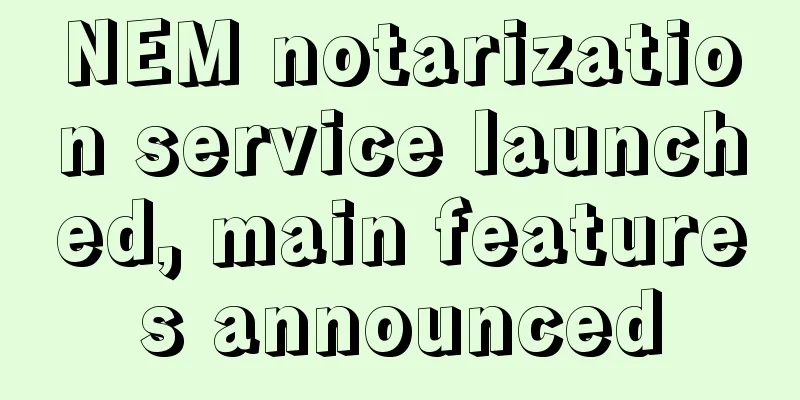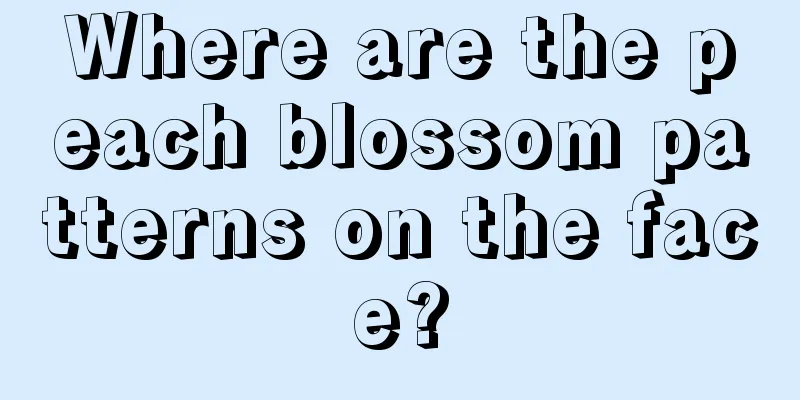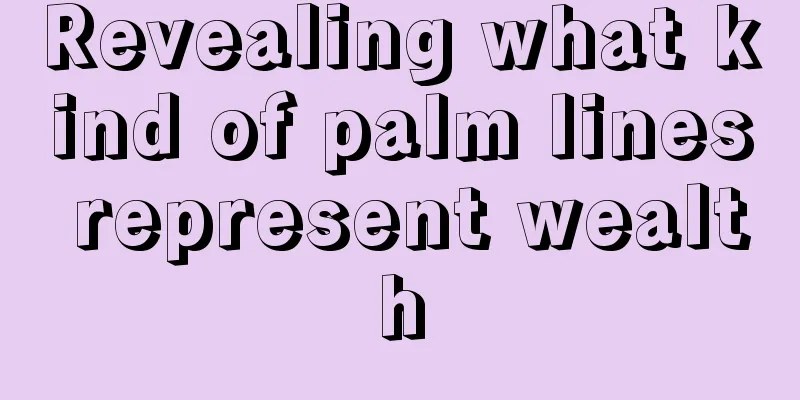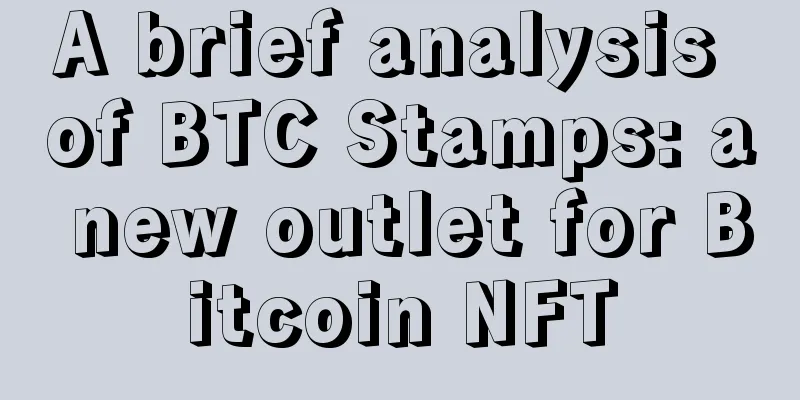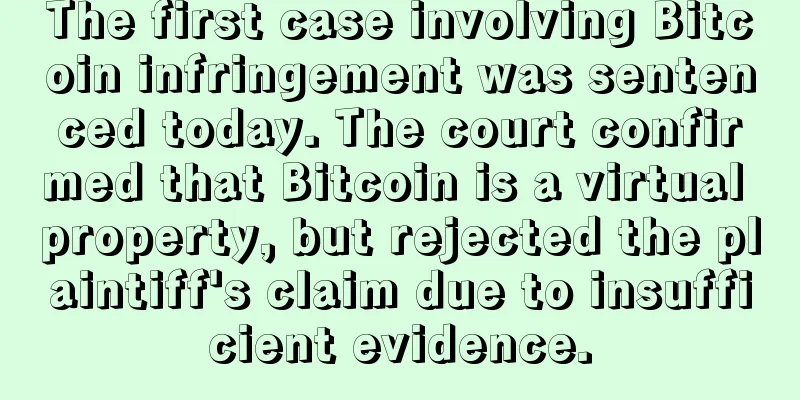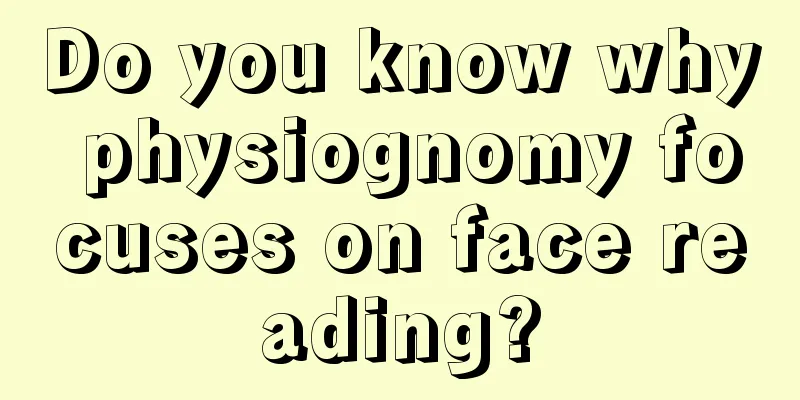V God's latest sharing: A better solution to Ethereum's high transaction fees is rollups and sharding
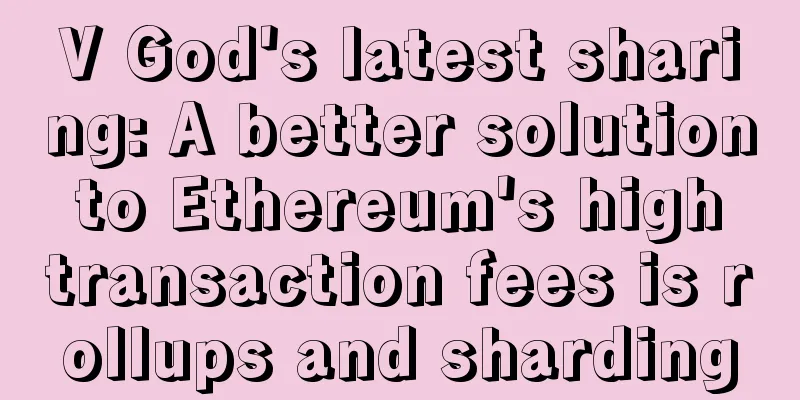
|
The craze for DeFi has pushed Ethereum network fees to record highs, making Ethereum difficult to use. Ethereum founder Vitalik Buterin shared his views on the current status of fees on Twitter today and gave his own solution. The following is what he shared. Here’s a quick note on my understanding of the economics of supply and demand, and why some of the “naive” solutions to high gas fees don’t work. First, let’s understand why the current gas fee is 465 gwei? Why not 1000 gwei or 100 gwei? The reason is: 465 gwei happens to be the current level where demand (the number of transactions people are willing to send) equals supply (12.5 million gas transaction space per block). Let's say we were in the same situation as today, but everyone was paying 100 gwei to send a transaction. At 100 gwei, people who want to send a transaction today will still send it, but there will be more people willing to send 100 instead of 465. What will happen then? Demand will exceed block space, so people will start bidding higher and higher transaction fees to get their transactions sent. Until enough people drop out of transactions and the remaining users make up exactly 12.5 million gas, how much will transaction fees go up? Well, we know the answer: 465 gwei. Likewise, suppose everyone sends transactions at 1000 gwei. When a group of people no longer feel it is worth paying such a high fee to send transactions, they will abandon the transaction. The rest of the transactors will see that the block space is partially empty, so if they lower their fees, they will still be included in the block. So everyone will start lowering their fees. How low will the fees go? 465 gwei. This is a common “solution” I hear to the problem of high transaction fees: why doesn’t (protocol | Ethereum Foundation | Vitalik) just refund everyone 80% of their fees? However, if you understand what I said above, you’ll quickly see that this doesn’t work. Why? Let’s say this happens. Suddenly, when everyone chooses “465” as their transaction fee, they are no longer *actually* paying 465 gwei, they are paying 93 gwei. And there are more people willing to pay 93 than 465. So people start bidding again… Where is the balance point for fees? Well, here is actually where people pay 465 gwei again (so the number in the transaction becomes 2325 gwei, and the Ethereum Foundation/Vitalik now has to pay the difference of 1860 gwei instead of using that money to scale Ethereum). So what does that do? It increases transaction volume. The fee level for a willing sender of a transaction worth 15 million gas is higher than the fee level for a willing sender of a transaction worth 12.5 million gas. I figured out from some very rough math a few years ago that this elasticity is actually ~1, so for example a 1.17x increase in the gas limit means fees will decrease by roughly 1.17x. However, it is difficult to safely increase the capacity of the network. Ethereum nodes are already operating close to their limits, and there is always a risk of DoS attacks, making blocks processed more slowly, thus slowing down the blockchain. A higher gas limit would exacerbate this. The EIP-2929 proposal released today will increase the gas cost of certain particularly sensitive operations, making it safer to raise the gas limit. But this is only a small, short-term relief. Lowering the fee from 465 gwei to 372 gwei doesn't completely solve the problem. A better solution is to significantly increase scalability through (i) rollups and (ii) sharding . By performing most transaction processing on the second layer network, optimistic and ZK rollups can increase capacity from ~15 transactions/second to ~3000 transactions/second. In a rollup ecosystem, on-chain gas fees will remain constant—even 465 gwei may become the standard—but most transactions will occur within rollups and the actual fees paid by users will be hundreds of times lower. On the other hand, sharding increases the capacity of the base layer by about 100x. This may lead to a 100x reduction in fees, but in reality it won’t reduce much in the long run because people’s interest in using Ethereum (i.e. demand) will also increase. Conclusion: The only way to solve high transaction fees is to scale . Tether, Gitcoin, and other applications are doing the right thing now by migrating to ZK Rollup. I am excited about the upcoming Optimistic Rollups, which will push Rollup to scale to full EVM contracts. A longer-term solution is the sharding solution from Ethereum 2.0 |
<<: [IPFS Weekly Report-103] IPFS & Ethereum Seminar teaches you how to build core data structures
>>: August has passed. What did 1475 do in August? One picture shows everything.
Recommend
1. People with the lifeline in the middle
The older you are, the richer you are. 1. People ...
What does a mole behind the ear mean?
What does a mole behind the ear mean? Does it hav...
What kind of woman is the most cruel?
In fact, there are many cruel people in life. You...
Moles reveal what setbacks you will encounter in life
We will encounter many setbacks in our lives. Som...
What does a mole on the upper lip mean to a man or woman?
In life, moles are very common, because everyone ...
Look at the complexion★Human appearance★
Fortune telling seems to be very simple, because ...
Iran's Electricity Company Warns Illegal Crypto Mining Could Lead to Another Power Cut
On October 11, Iran's National Electricity Co...
The ultimate beneficiary of this Russia-Ukraine war will still be cryptocurrency
The negotiations between Russia and Ukraine are a...
What is blockchain? 59% of consumers still don’t know anything about it
A recent survey shows that most ordinary consumer...
Grayscale: Why we are optimistic about Bitcoin's valuation in 2024
Bitcoin prices continued to rise in November as t...
How to read nasolabial lines
Nasal folds are also called "longevity bands...
What is the fate of a woman with short eyebrows? What is the fortune of a woman with short eyebrows?
It is said that one can easily understand a perso...
A classic story that will help you understand Bitcoin mining in 3 minutes
In previous popular science articles, Plain Langu...
What does the "川"-shaped handprint mean?
The "川"-shaped palm lines are a relativ...
Diagram of fortune telling for melon-seed face
Oval face, also known as oval face or egg-shaped ...


